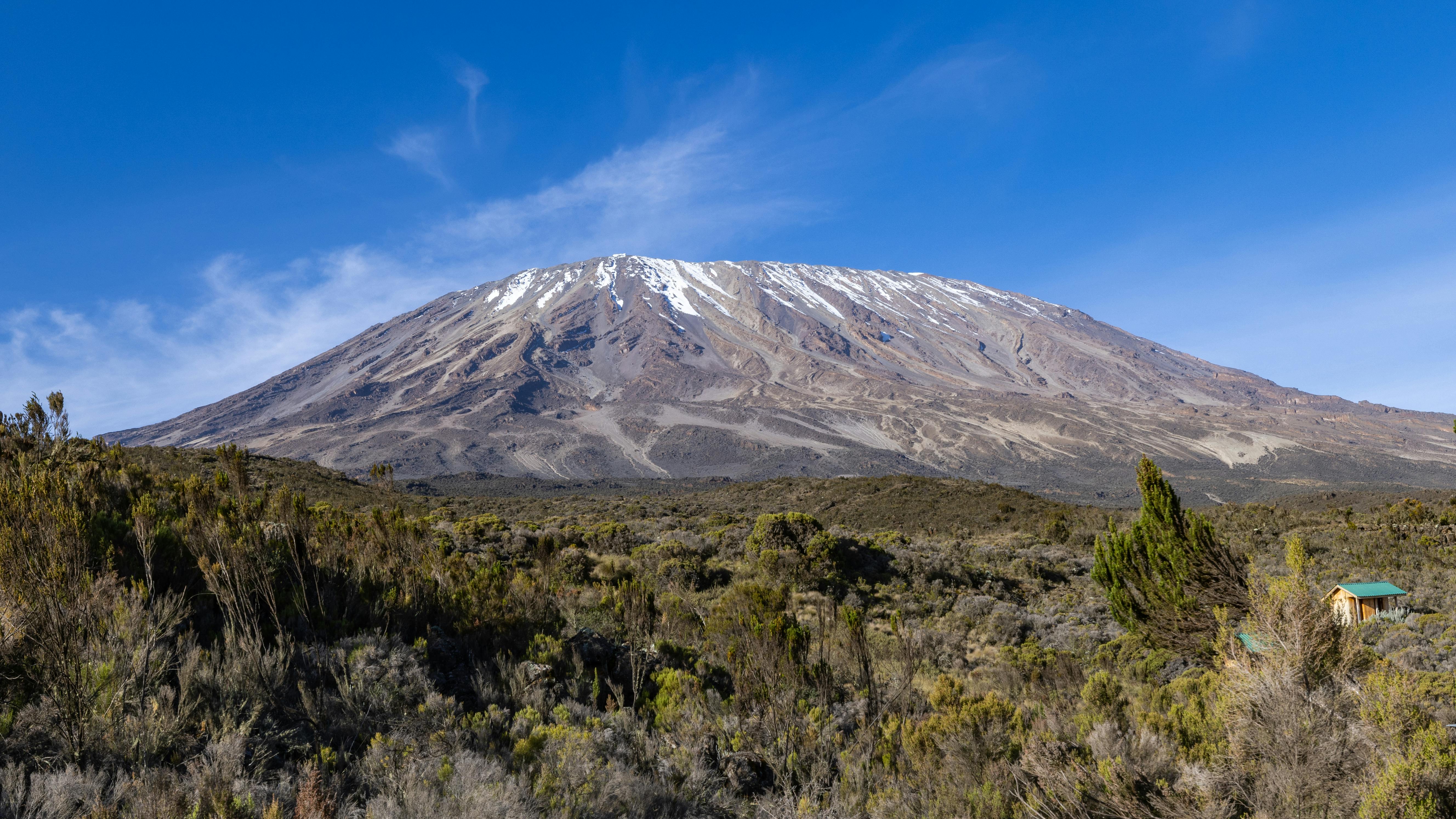NORTHERN TANZANIA
Experience the diverse landscapes and rich cultural tapestry of northern Tanzania with MJ Safaris. Begin your journey lounging on the tranquil beaches of Lake Victoria or Lake Nyasa, then set your sights on the enchanting island of Zanzibar across the Indian Ocean. Safari through the legendary Serengeti National Park, where the annual migration of over 1.5 million wildebeests and zebras unfolds before your eyes. Marvel at the majestic Mount Kilimanjaro, Africa's highest peak, standing proudly in the distance. Delve deeper into Tanzania's soul by visiting the charming villages untouched by time or exploring the vibrant cities of Dar es Salaam, Arusha, and Moshi. MJ Safaris offers a range of tailored safaris and tours, providing unparalleled opportunities to discover Tanzania—a land of extraordinary contrasts and unforgettable adventures
Get to know the smiling, friendly people in many of Tanzania 's tiny villages - nearly untouched by modern time - or tour the busy, bustling cities of Dar Es Salaam, Arusha, and Moshi. Global Crossroad's varying safaris and tours in Tanzania provides amazing opportunities to experience Tanzania - a country of exciting extremes.
Arusha National Park
The Arusha national park covers Mt. Meru, a prominent volcano with an elevation of 4566m in the Arusha region of north eastern Tanzania. The park is small but has spectacular landscapes in three distinct areas. In the west, the Meru Crater funnels the Jekukumia River, the peak of Mt Meru lies on its rim. Ngurdoto in the south-east is grassland. Momella lakes in the north-east have varying algal colours and are known for their wading birds.
Mt. Meru is the second highest peak in Tanzania after Mt. Kilimanjaro. It forms a backdrop to views from the park to the east. Arusha National Park lies on a 300km axis of Africa’s famous national parks, running from Serengeti and Ngorongoro crater.
Lake Manyara National Park
The Lake and its environs are well known for wild attractions such as the baboons, wildebeests, Buffaloes, elephants, giraffes and warthogs. From around the park gates giant fig trees and mahogany can be seen in the ground water forest where they draw nourishment from underground springs replenished continuously from the crater highlands directly above the Manyara basin. Leading away from the forest to the fringes of the Lake Manyara are the flood plains. To the south are visible Acacia woodlands. Leopards although in abundance, are hard to get a glimpse of just like the other elusive carnivores – the lions of this park. The park is also rich in birds like flamingoes, long-crested eagle and grey-headed kingfisher.
Ngorongoro Conservation
The crater has one of the densest known populations of lions. On the crater rim are leopards, elephants, mountain reedbuck and buffaloes. The rhinoceros are also found at the crater. From a distance in the large lake in the middle of the crater hundreds of flamingoes form a pink like border to the lake. Animals in the crater include most of the species found in East Africa but there are no topis, giraffes, impalas, oribis or crocodiles.
The other major source of water in the crater is Ngoitokitok Spring near the eastern crater wall. There is a picnic site here open to tourists and huge swamp fed by the spring and the area is inhibited by hippopotamus, elephants, lions and many others. Many other small springs can be found around the crater’s floor and they are important water supplies for the animals and local Maasai people.
Serengeti National Park
The Serengeti National Park is situated in the Mara Region and it is Tanzania’s oldest national park. It is famous for its annual migration of over 1.5 million white bearded or brindled wildebeests and over 250,000 zebras and for its numerous crocodiles. It is also known for its wealth in other resident wildlife particularly ‘the Big Five’. Serengeti is believed to hold the largest population of Lions in Africa due to the abundance of prey species. Leopards are commonly seen in the Seronera region but are present throughout the park. The African elephant are recovering from population lows due to poaching in the 1980’s and are largely found in the northern regions of the park. Black Rhinoceros are mainly found around the kopjes in the center of the park. African Buffaloes are still in abundance.
The park also boasts of other species including cheetah, gazelles, topi, hyena, impala, eland, African wild dog, waterbuck, baboons, and giraffes. It is also home for about 500 bird species including ostrich, kori bustard, crowned crane, secretary bird, lovebirds, marabou stork, martifal eagle and many other vulture species.
Tarangire National Park is the sixth largest national park in Tanzania after Ruaha, Serengeti, Mikumi, Katavi and Mkomazi. The national park is located in Manyara Region. Its name originates from the Tarangire River that crosses through the park and is the only source of water for wild animals during the dry season. Thousands of wild animals migrate to the Tarangire National Park from the Manyara National Park.
Lake Manyara National Park
The Lake and its environs are well known for wild attractions such as the baboons, wildebeests, Buffaloes, elephants, giraffes and warthogs. From around the park gates giant fig trees and mahogany can be seen in the ground water forest where they draw nourishment from underground springs replenished continuously from the crater highlands directly above the Manyara basin. Leading away from the forest to the fringes of the Lake Manyara are the flood plains. To the south are visible Acacia woodlands. Leopards although in abundance, are hard to get a glimpse of just like the other elusive carnivores – the lions of this park. The park is also rich in birds like flamingoes, long-crested eagle and grey-headed kingfisher.
Ngorongoro Conservation
The crater has one of the densest known populations of lions. On the crater rim are leopards, elephants, mountain reedbuck and buffaloes. The rhinoceros are also found at the crater. From a distance in the large lake in the middle of the crater hundreds of flamingoes form a pink like border to the lake. Animals in the crater include most of the species found in East Africa but there are no topis, giraffes, impalas, oribis or crocodiles.
The other major source of water in the crater is Ngoitokitok Spring near the eastern crater wall. There is a picnic site here open to tourists and huge swamp fed by the spring and the area is inhibited by hippopotamus, elephants, lions and many others. Many other small springs can be found around the crater’s floor and they are important water supplies for the animals and local Maasai people.
Tarangire National Park
Tarangire National Park is the sixth largest national park in Tanzania after Ruaha, Serengeti, Mikumi, Katavi and Mkomazi. The national park is located in Manyara Region. Its name originates from the Tarangire River that crosses through the park and is the only source of water for wild animals during the dry season. Thousands of wild animals migrate to the Tarangire National Park from the Manyara National Park.













